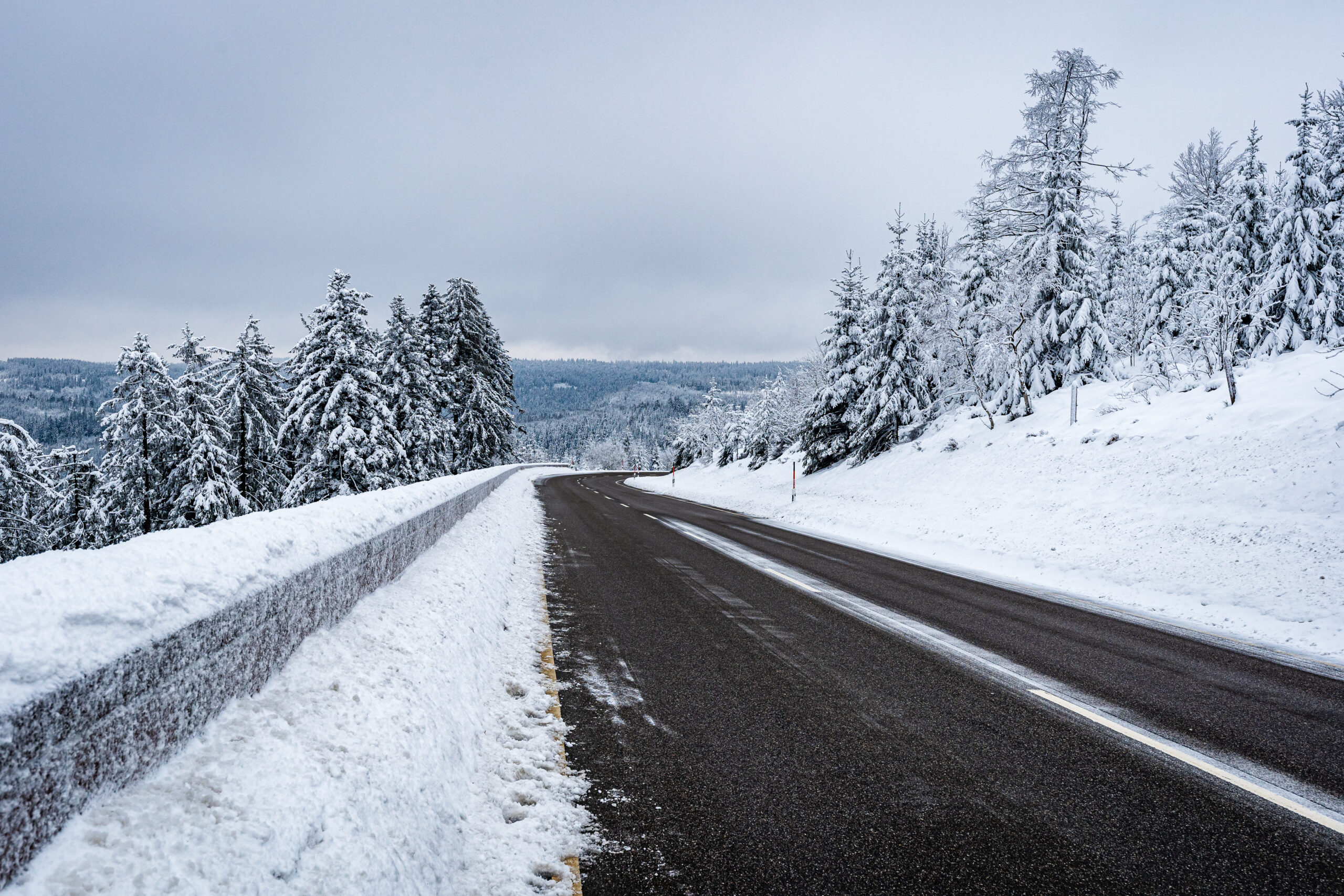
Winter has a unique beauty that comes with its challenges. Icy pathways and driveways demand solutions to ensure safety. For decades, salt has been the go-to remedy. But with the age-old question, "does salt damage concrete?" gaining traction, it's essential to identify the tell-tale signs of salt damage to concrete. By spotting these signs early, you can take corrective measures to maintain the integrity and appearance of your surfaces. Let's dive into these three revealing indicators.
1. Surface Scaling And Spalling
Understanding The Problem: One of the most noticeable symptoms of salt damage to concrete is surface scaling. This is characterized by the peeling or flaking off of the top layer of the concrete. In more advanced stages, spalling might occur where chunks or pieces of concrete start breaking away from the surface.
The Salt Connection: As salt melts ice, it creates a brine solution that seeps into the porous surface of the concrete. The repeated freeze-thaw cycles, aggravated by salt's presence, generate pressure within the concrete, leading to scaling and spalling.
Protective Measures: To prevent this issue, consider using a concrete sealant which adds a protective layer. However, prevention is better than cure. Instead of using damaging substances, turn to eco-friendly solutions like Safe Paw, which promises efficient ice melting without the corrosive side effects.
Pet Safe Ice Melt
2. Cracks And Pitting
Identifying The Issue: Over time, you might observe tiny pockmarks or pits forming on your concrete's surface, often accompanied by cracks. While cracks can develop for various reasons, when seen alongside pitting, it's often an indicator of salt damage.
The Role Of Salt: Salt accelerates the penetration of water into concrete. As the water freezes and expands, it can result in miniature explosions within the concrete, leading to pitting. The pressure from these mini-explosions can also exacerbate the formation of cracks.
Averting The Crisis: Ensuring proper water drainage can mitigate some damage, but the key is to avoid harmful ice melt products. Products like Safe Paw not only protect your concrete but also ensure safety for pets and people.
3. Discoloration And Efflorescence
Spotting The Issue: Discoloration, or a white, powdery residue (known as efflorescence), is a less obvious but equally telling sign. While efflorescence can be a natural occurrence in some new concrete installations, its consistent presence can be a red flag.
Salt's Contribution: When salt reacts with the lime in concrete, it forms calcium hydroxide, which moves to the surface, reacts with carbon dioxide in the air, and forms calcium carbonate – the white, powdery substance you see.
Combating The Concern: Regular cleaning can reduce efflorescence, but the root issue lies in the type of ice melt used. Transitioning to a gentle product like Safe Paw can drastically cut down on these reactions.
https://www.youtube.com/watch?v=7DXXkVBE6z4
Why Switch To Safe Paw?
Salt and chemical-based ice melts have long been the culprits behind the deterioration of our concrete surfaces. Safe Paw emerges as a beacon of hope for those looking to protect their pathways, driveways, and other concrete structures. Its toxin-free granular composition guarantees safety for pets and humans alike. What's more, its ability to melt ice efficiently even at -2°F, coupled with a long shelf life, positions Safe Paw as the superior choice. The product is non-corrosive, ensuring that the integrity of your concrete remains uncompromised.
In Conclusion
Concrete is an investment that adds value to your property. Taking shortcuts with damaging ice melts can compromise this value. By being vigilant and recognizing the signs of salt damage to concrete, you can act swiftly, ensuring the longevity of your surfaces. Prioritize the health of your concrete by choosing products that are both effective and gentle. Safe Paw promises both, providing an optimal solution to winter's icy challenges.
https://safepaw.com/?p=11081
Comments
Post a Comment